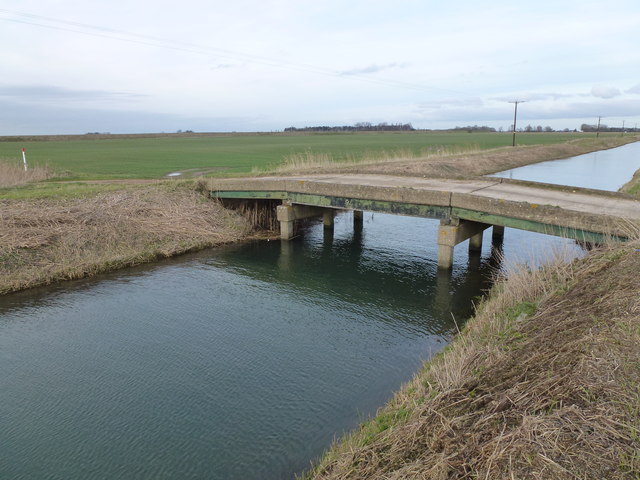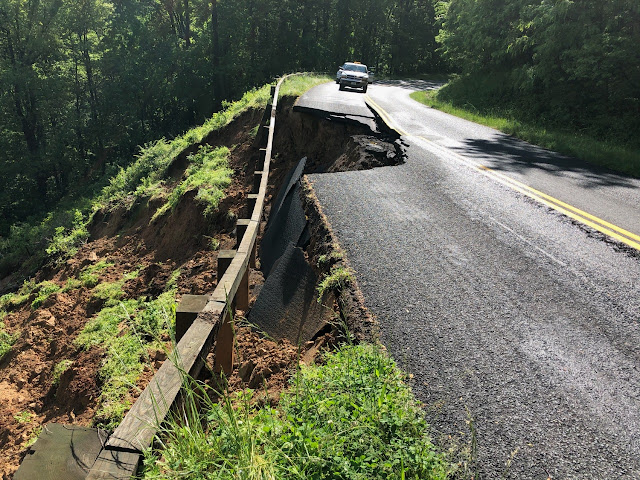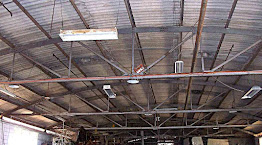Indian Road Congress (IRC) and Bridge Loading Standards: IRC Class AA, 70R, A and B Loading
Indian Road Congress Indian Road Congress (IRC) is the governing body which decides the rules and regulation along with technical details regarding roads, highways, and bridges. The first loading standard in India was published by IRC in 1958 and subsequently reprinted in 1962 and 1963. The metric version was introduced in the second revision published in 1964. IRC Bridge Loading Standards The standard IRC loads specified in IRC: 6-2000 are not changed since 1958 and grouped under four categories as detailed below: 1. IRC Class AA Loading In this category, two types of vehicles are specified and they are grouped as tracked vehicle and wheeled vehicles. The tracked vehicle simulating an army tank of 700 KN and wheeled vehicle of 400 KN (a heavy army truck) are standardized for the designing of all the bridges located on National Highways and State Highways. 2. IRC Class 70R Loading The following vehicles are considered for the design under this category: (a) ...



